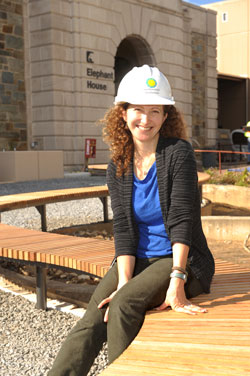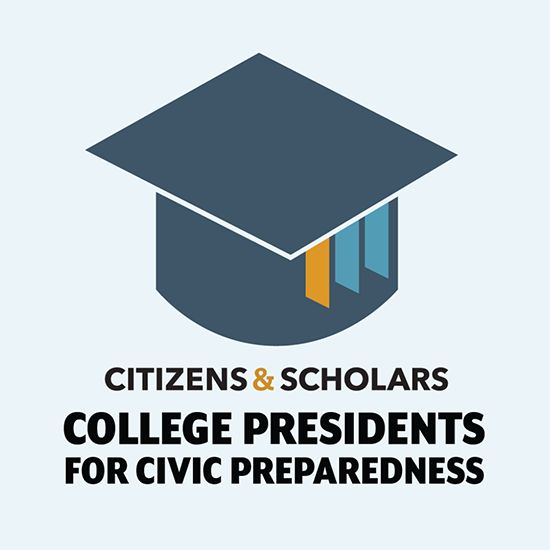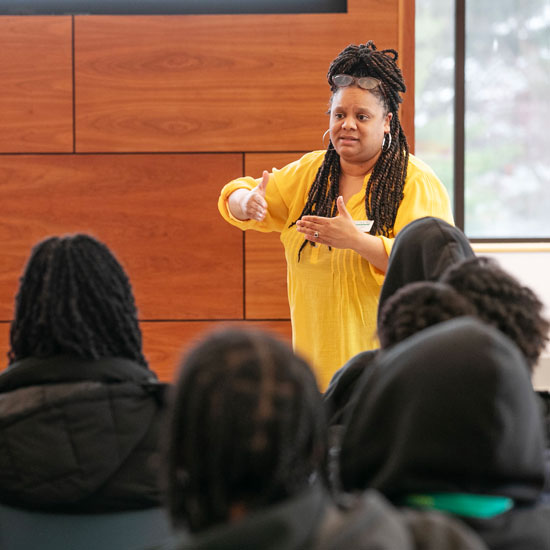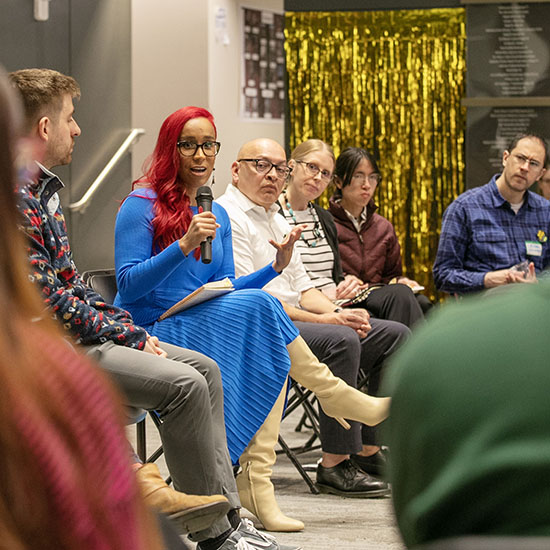Shaping interpersonal--and interspecies--dynamics

Jennifer Daniels ’94 (Hilary Schwab photo)
If Jennifer Daniels ’94 is having a stressful day at work, she goes to see the caracal, a beautiful, black-eared desert cat that usually prowls in Africa, Asia, and India. Or if she is jittery from fighting traffic around her office in Washington, D.C., she visits with the elephants, which she finds calming, especially when they’re being bathed.
These are some of the quirky perks that Daniels enjoys as the landscape architect at the Smithsonian’s National Zoological Park, the 163-acre home to animals ranging from the iconic giant pandas to birds, apes, amphibians and reptiles, and even insects. “I never expected this to be my career, but it’s pretty exciting to touch a 65-year-old elephant,” she admits.
An anthropology major at Skidmore—she was drawn initially to the dance program, but
ultimately chose an academic discipline over the performing arts—Daniels’s first job
was as a facilitator moderating dialogues on race relations, especially between blacks
and whites in New Haven, Conn., where churches, community groups, and government agencies
were seeking such interactions. She had gained the skills when an anthropology professor,
Jill Sweet, introduced her to leadership training through Futures for Children, which
encourages American Indian students to graduate from high school, pursue post-secondary
education, and give back to their communities through public service.
Daniels also studied with George Lakey’s Training for Change, a program specializing
in “activist training that helps groups stand up more effectively for justice, peace,
and the environment,” working with youngsters who had experienced violence. She says,
“It shaped who I am.” She adds, “These conflict-resolution techniques could be relevant
in Los Angeles, Ireland, or Israel.” And in fact, she took them to Russia, where she
and husband Rick Fox lived for six years. She learned the language and conducted dialogues
from Siberia to Moscow, helping people navigate the volatile interpersonal dynamics
of alcoholism, unemployment, and social isolation.
Back in the US, Daniels had to decide what to do next. What she cared about most
was people, and how they use their spaces, so she enrolled at the University of Pennsylvania
for a master’s degree in landscape architecture. She explains, “Landscape architecture
was, for me, not about plants. It was about people in an environment—how to make that
work.” As a dancer and anthropologist, “I was ready to translate those interests into
figuring something out about human beings and how they occupy their space.”
Next, in Jackson Hole, Wyo., Fox worked for the US Forest Service and Daniels worked for a landscape architecture firm on projects such as the design and construction of bridges and exhibits in Grand Teton National Park’s Rockefeller Preserve. A promotion for Fox brought them, with their three children, back east to Washington, D.C.
Daniels became the first resident landscape architect at the National Zoo since its creation in 1889 by Frederick Law Olmstead (who also designed New York City’s Central Park and other famous sites—including Congress Park in Saratoga Springs). She had a steep learning curve, she admits, but notes that her background helped her build relationships, understand politics, and embrace challenge and problem-solving.
Planning for animals as well as people was new to her, and she loves it. She has to think about topography and nutrition, efficiency and beauty, and what makes spaces safe, user-friendly, compliant with regulations, and fun. For a carousel, “I got to pick the animals for the seats and plan how to section them—which lived in wetlands, deserts, oceans … I smile every time I think about it.” Also exhilarating is advocating for the zoo and its public support. Addressing “everything from conservation to revenue, I’ve become more of a strategic planner in the process.”
Off the job, she spends time with her kids. “And what do you think they want to do?” she asks with a sigh. “They say, ‘Mom, can we go to the zoo?’”


